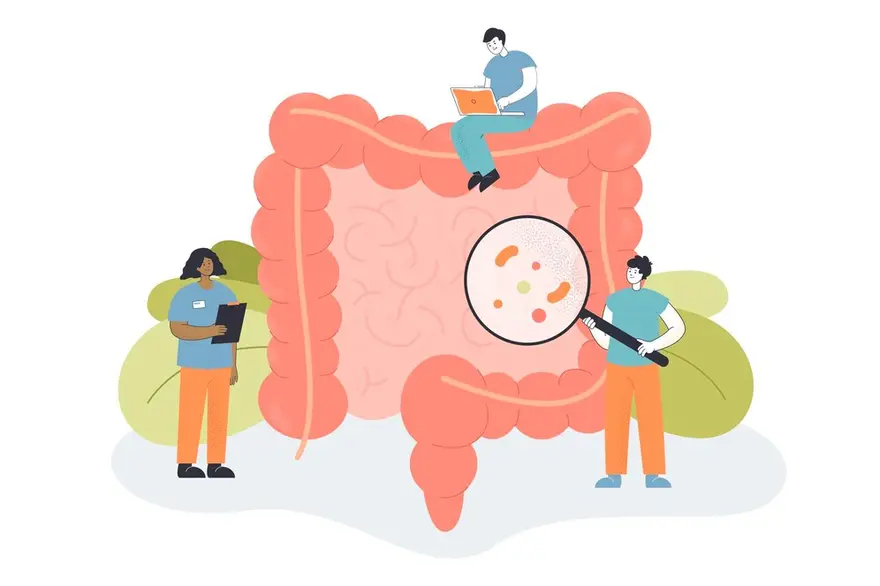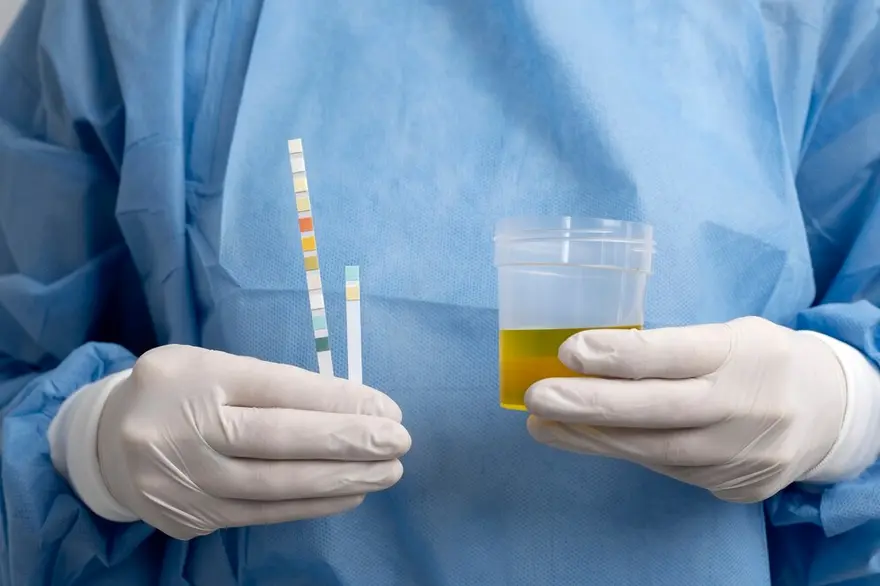Preventive Healthcare
Post-Traumatic Stress Disorder (PTSD): Exploring Symptoms, Causes, and Treatment
1041 Views
0

Post-Traumatic Stress Disorder (PTSD) is a mental health disorder stemming from exposure to a harrowing event, whether personally experienced or witnessed. Manifesting through symptoms like flashbacks, nightmares, and intense anxiety, PTSD can disrupt daily life when left unaddressed for extended periods. While many individuals overcome trauma with time and self-care, persistent and worsening symptoms may indicate the presence of PTSD.
What is PTSD?
Post-traumatic Stress Disorder is a psychiatric condition arising from exposure to traumatic events. These events, whether experienced or witnessed, can be emotionally, physically, or life-threatening, impacting mental, physical, social, and spiritual well-being. Examples range from natural disasters to violence like war, rape, or bullying. Those with PTSD endure persistent, distressing thoughts and emotions long after the trauma. Avoidance of triggering situations and heightened reactions to ordinary stimuli further characterise PTSD, reflecting an enduring struggle with the aftermath of the traumatic experience.
What is a Traumatic Event?
A traumatic event is an experience that poses a threat to one's life, safety, or well-being—for instance, physical or sexual assault, accidents, combat exposure, or witnessing a disturbing event.
What are the Types of PTSD?
Post-traumatic stress disorder encompasses various types that reflect the diverse ways individuals may experience and manifest symptoms:
- Acute Stress Disorder (ASD): Short-term response after a trauma like an accident. If it lasts, it could turn into PTSD.
- Complex PTSD (C-PTSD) Comes from long, repeated trauma, affecting emotions, self-view, and relationships.
- Uncomplicated PTSD: Standard form with intrusive thoughts, mood changes, and daily life impact.
- Dissociative PTSD: Coping by feeling detached from surroundings or self.
- Comorbid PTSD: Coexists with issues like depression, making diagnosis and treatment more complex.
How Common is PTSD?
PTSD is not uncommon, affecting approximately 3.6% of U.S. adults in the past year. The prevalence is higher in females (5.2%) than males (1.8%). Adolescents aged 13-18 experience a lifetime prevalence of 8%.
What are the Symptoms of PTSD?
Post-traumatic stress disorder manifests with various symptoms, categorised into clusters. Here are the common PTSD symptoms:
Intrusion
- Repeated, involuntary memories of the traumatic event.
- Distressing dreams related to the trauma.
- Flashbacks are where the individual feels as if they are reliving the trauma.
Avoidance
- Avoiding reminders of the traumatic event.
- Emotional numbness.
- Avoiding thoughts or feelings associated with the trauma.
Cognition and Mood
- Adverse changes in thoughts and mood.
- Difficulty remembering aspects of the traumatic event.
- Persistent negative beliefs about oneself or the world.
Arousal and Reactivity
- Irritability and angry outbursts.
- Reckless or self-destructive behaviour.
- Hypervigilance (feeling 'on edge').
- Difficulty concentrating.
- Sleep disturbances, including insomnia.
Symptoms of PTSD in Children
PTSD symptoms in children include:
- Sleep Disturbances: Problems with sleep, including nightmares and difficulty falling or staying asleep.
- Emotional Changes: Depressive feelings, irritability and persistent feelings of nervousness or alertness.
- Intrusive Memories: Flashbacks, nightmares and upsetting thoughts related to the traumatic event.
- Irritability and Aggression: Outbursts of anger, aggression, or irritability, often with little provocation.
- Loss of Interest: Decreased interest in activities once enjoyed.
Complications of PTSD
Post-traumatic stress disorder can lead to various complications that significantly impact an individual's well-being:
- Depression and Anxiety: PTSD is often comorbid with depression and anxiety, intensifying the emotional burden.
- Issues with Drugs or Alcohol Use: Individuals may turn to substances as a coping mechanism, leading to substance abuse problems.
- Eating Disorders: PTSD can contribute to the development of eating disorders, impacting one's relationship with food and body image.
- Suicidal Thoughts and Actions: In severe cases, PTSD may be associated with an increased risk of suicidal thoughts and actions.
- Functional Impairment: PTSD can lead to functional impairment in daily life, affecting work, relationships and overall quality of life.
What Causes PTSD?
Post-traumatic stress disorder is often linked to various physiological changes in the brain and alterations in neurotransmitters and hormones. Here are some PTSD causes:
Neurotransmitter and Hormone Changes
- Increased dopamine levels: Associated with alterations in the mesolimbic system involved in the stress response.
- Elevated norepinephrine levels/activity: Leads to heightened arousal and exaggerated startle responses.
- Traumatic stress is linked to increased cortisol and norepinephrine responses, influencing the body's stress reactions.
Brain Changes
- Altered brain regions: PTSD affects areas such as the hippocampus, amygdala, anterior cingulate, insula and cortical regions.
- Impacts on the hippocampus: Antidepressants affect the hippocampus, a brain region involved in memory and emotional regulation.
- PTSD can have profound effects on the structure and function of the brain, particularly areas related to memory, emotion and stress responses.
What are the Risk Factors for PTSD?
Post-traumatic stress disorder can be influenced by various risk factors, contributing to the likelihood of its development:
- Previous Traumatic Experiences: Individuals exposed to previous traumatic events, especially during childhood, are at a higher risk of developing PTSD.
- Common Exposure: Exposure to traumatic events is widespread and can increase the risk of developing PTSD.
- Emotional and Psychological Abuse: Individuals who have experienced emotional and psychological abuse may be more susceptible to developing PTSD.
- Military Service: Military service is identified as a risk factor, mainly due to exposure to combat situations and the potential for severe trauma.
- Sexual Trauma: Experiencing sexual trauma is a significant risk factor for PTSD.
How is PTSD Diagnosed?
PTSD diagnosis involves a thorough assessment by mental health professionals. These include:
- Clinical Assessment: Healthcare professionals conduct a thorough clinical assessment, considering symptoms and medical history.
- DSM-5 Criteria: Diagnosis follows the criteria outlined in the Diagnostic and Statistical Manual of Mental Disorders (DSM-5).
- Patient Reporting: Patients play a crucial role by openly sharing their experiences and symptoms.
- Collaborative Approach: Diagnosis often involves a collaborative effort between mental health professionals and the individual.
How is PTSD Treated?
PTSD treatment involves a multi-faceted approach:
- Psychotherapy: Cognitive Behavioral Therapy (CBT)effectively addresses negative thought patterns.
- Medications: Antidepressants and anti-anxiety medications may be prescribed.
- A therapeutic technique to process traumatic memories.
- Supportive post-traumatic stress disorder therapy: Group therapy and support networks enhance coping.
- Lifestyle Changes: Exercise and stress management contribute to overall well-being.
Medication for PTSD
Selective Serotonin Reuptake Inhibitors (SSRIs) and Serotonin-Norepinephrine Reuptake Inhibitors (SNRIs) are commonly used to manage symptoms.
Can PTSD be Prevented?
While it may not be entirely preventable, early intervention and support for individuals exposed to trauma can reduce the risk of developing PTSD. Here is how:
- Early Intervention: Promptly addressing trauma through counselling or therapy can reduce the risk of developing PTSD.
- Strong Support Systems: A supportive network of friends and family helps individuals cope with trauma effectively.
- Education and Awareness: Training individuals to recognise and manage stress can contribute to prevention.
- Resilience Building: Teaching resilience skills can enhance an individual's ability to navigate challenging experiences, potentially preventing PTSD.
What is the Prognosis For PTSD?
With appropriate PTSD treatment, many individuals with PTSD can experience significant improvement in symptoms and overall quality of life. However, the prognosis varies based on factors such as the severity of trauma and the timeliness of intervention.
Conclusion
Understanding PTSD is crucial for recognising its impact, promoting awareness and facilitating early intervention. Whether in adults or children, recognising the signs, seeking professional help and providing support are vital steps toward healing. Metropolis Labs, a trusted diagnostic chain in India, offers at-home blood sample collection and accurate testing services. Consider their pathology services for comprehensive health assessment.













1701259759.webp)









 WhatsApp
WhatsApp